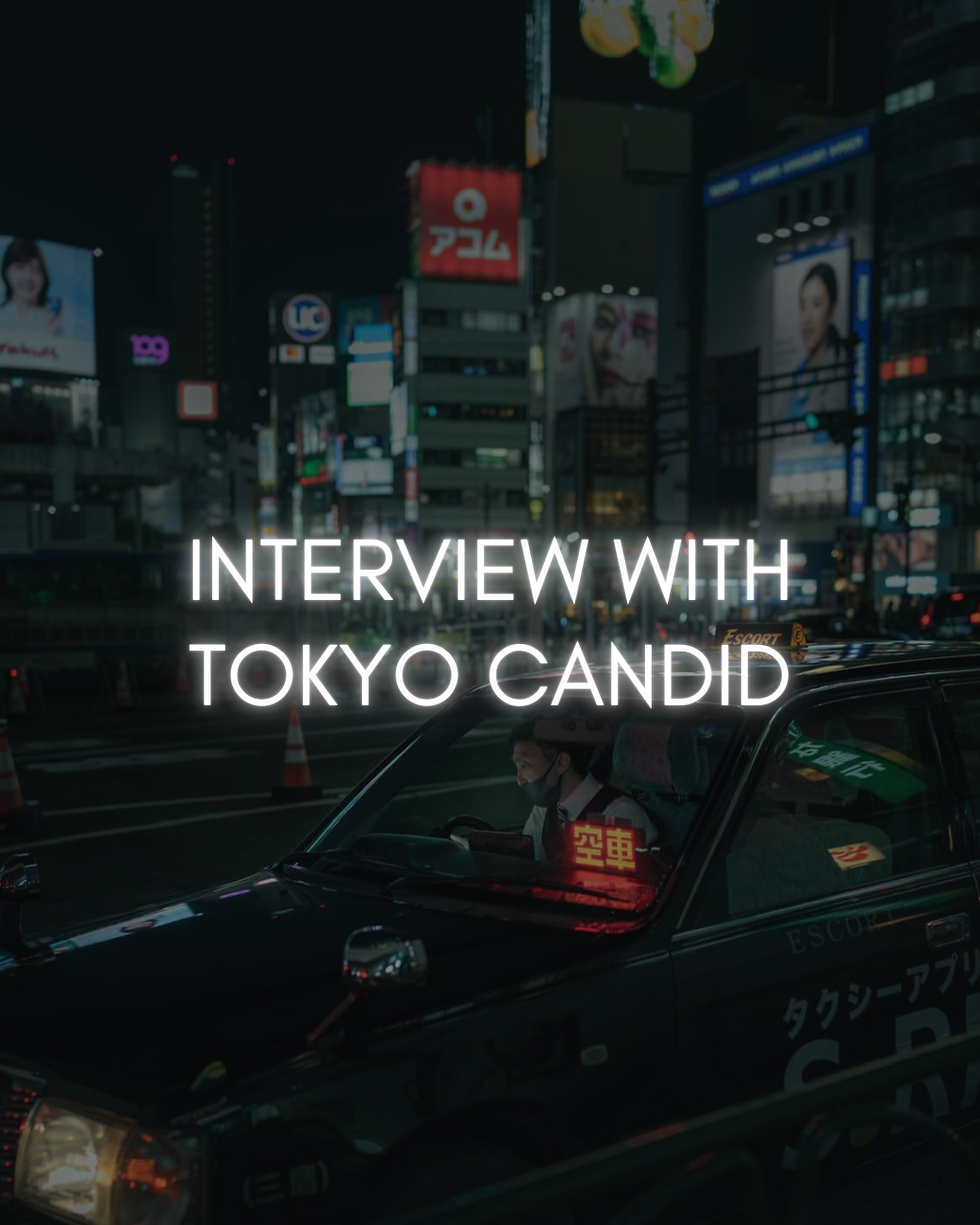Interview with Viewfinderthis
- The Magazine For Photographers

- Apr 6
- 3 min read

This week’s Interview with JT, a very talented Photographer from New York City.
You can find him on Instagram as: @viewfinderthis
Enjoy the amazing Interview ;)
Can you tell us a bit about yourself?
Hey, I’m JT, a photographer with a deep love for shooting in the rain. There’s something about the reflections, the mood, the chaos—it all speaks to me.
How did you get into photography?
Photography came into my life during one of my darkest periods.
I was a French-trained executive chef, and that was my world—until I suffered a severe back injury. I had to undergo four major open-back surgeries, and for four years, I couldn’t walk. While I was recovering, I read a story about another chef going through something similar. He picked up a camera to deal with depression and creative frustration. That story stuck with me. In 2019, I decided to do the same—I bought a used camera on eBay, and that moment changed everything. I had found a new outlet, a new way to create, and a way to slowly rebuild myself.

What does street photography mean to you?
Street photography is my way of letting go of everything else.
When I’m out in the streets, I’m fully present, reacting to the moment, watching people move through space and time. It’s fast, unpredictable, and real.
There’s a kind of peace in the chaos—it becomes meditative.
Do you prefer shooting alone or with others?
Alone. When I’m out to create, I need to be in the zone, completely focused on what’s happening around me. If I’m with other people, it becomes more of a social hangout, which I enjoy—but it’s a different vibe. When I’m alone, I’m fully immersed.

How did you develop your style—both in shooting and editing?
Style, to me, is something that evolves over time.
You can’t force it. It comes from shooting constantly, and from spending time learning your editing tools inside and out. I use Lightroom Classic, and I’ve spent hours just playing around, seeing what happens when I tweak something just a little.
Eventually, certain colors, tones, and moods start to feel like you.
What role does lighting play in your photography?
Lighting is everything—especially when I’m not shooting in the rain.
I think of it as the invisible subject that helps reveal everything else. It adds emotion, clarity, or even mystery. Whether it’s a single beam of light on a busy street or the soft glow of city reflections in a puddle—light tells the story just as much as the people do.

What sets your work apart from others in the field?
Honestly, not many people shoot in the rain all the time, and that’s become a big part of what makes my work stand out.
It’s unpredictable, messy, and uncomfortable—but that’s also where the beauty is. Rain transforms the street. It adds drama, mood, and movement.
What inspires you creatively?
I’m a huge film buff, and I draw a lot of inspiration from directors like Christopher Nolan, Matt Reeves, the Wachowskis, and Denis Villeneuve.
The way they build atmosphere, tension, and emotion—it’s cinematic storytelling, and I try to bring a bit of that into every photo.
But more than anything, what pushes me is this: I couldn’t walk for four years. So every single day I wake up and my legs work, I get out and create. That’s my fuel.

What gear do you use?
I keep it simple: Sony A7iii with an 85mm f/1.4 and 35mm f/1.4
Those two lenses give me all the range I need—compression, intimacy, and context. I don’t carry a lot of gear; I want to move light and stay present.
What’s your editing process like?
I use Lightroom Classic, and I don’t really time myself when editing.
Some shots come together quickly, others take longer. I like to take my time with each image, listen to what it wants to be, and not rush the process.

What’s your take on watermarking?
Totally personal choice. I choose to add a watermark to my images.
It’s easy—just a one-click export setting for me. It adds a little signature to my work and helps keep things connected back to me.
What qualities do you think make a great photographer?
First: have fun.
Second: never stop learning. There’s always something new to try, some skill to sharpen, some mistake to learn from.
If you stay curious and open, your work will always grow.

Any tips for people just starting out?
Just get out and shoot as much as you can. Don’t overthink it. Don’t obsess over gear.
Focus on the joy of creating. That’s where everything begins.
Where do you see your work going in the future?

The rest, 3 more questions, of this Interview are for Premium subscribers only.










Comments